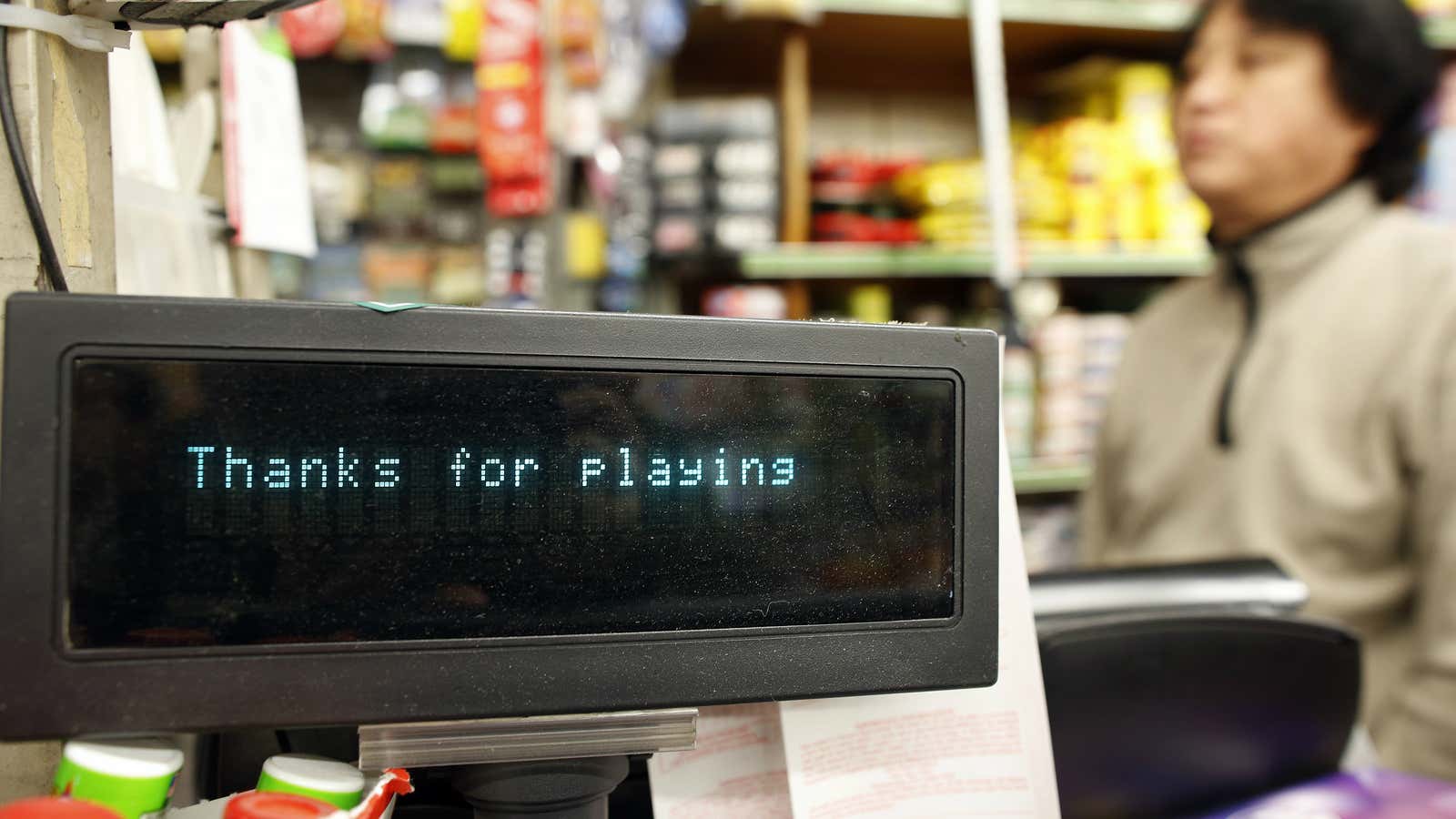The cost of raising the minimum wage across the US is beginning to surface on restaurant bills. Just check the small print at bottom of your receipts.
Rather than raise prices of items on their menus, some restaurant owners have started adopting labor surcharges of 3% and 4% to offset the cost of paying their employees more. It’s a plain reminder for consumers that raising the minimum wage comes with a price, and such surcharges are likely to become more common as cities and states elect to boost worker pay. That is particularly noticeable in the restaurant industry, where profit margins already tend to be razor-thin.
The effective minimum wage has gone up in 27 states in recent years, according to The Wall Street Journal (paywall). That’s contributed to more expensive restaurant bills, which since 2012 have climbed 11% to an average of $14.70.
Surcharges haven’t appeared without criticism, though. In San Diego, the local government is cracking down on restaurants that add surcharges in ways in deems misleading, which can include telling customers the charges are government-mandated or, in some cases, not informing them of the surcharge prior to ordering (in many cases restaurants will print a notice directly onto menus).
One argument for why a restaurant owner would adopt a labor surcharge over a menu price overhaul has to do with consumer perceptions. Industry research shows that consumers are less receptive to change when they see the prices of their favorite items increase, according to the Journal. When menu pricing goes up, some customers even trade down to items they normally would not buy, to account for the price. They’ve even elected to skip drinks and dessert altogether.
One group has emerged as a winner: The restaurant service staff. Not only are they getting a bump in their pay, but consumers still tend to tip, per usual. That means servers wind up taking home more money.
